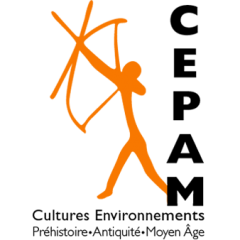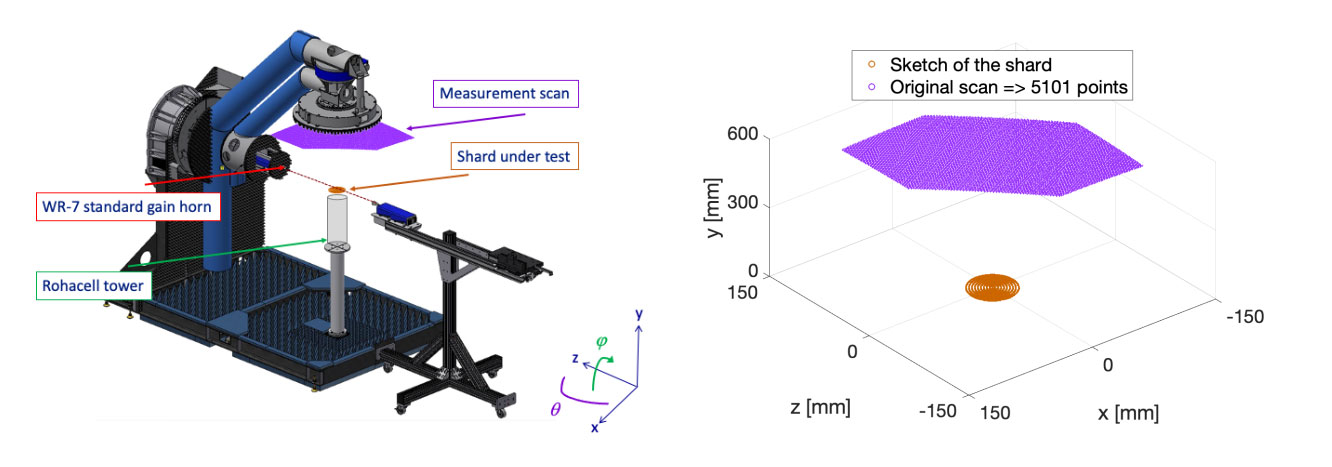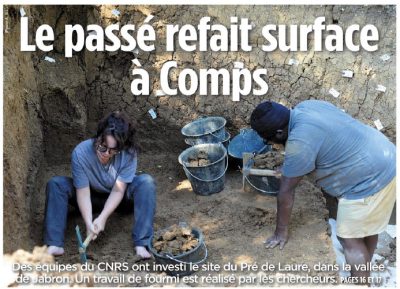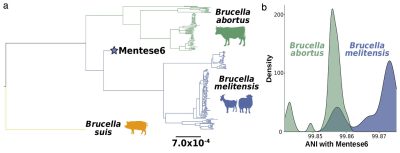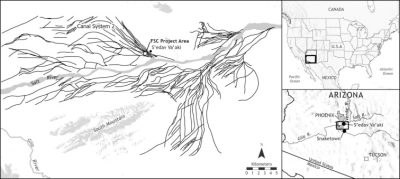Source : https://doi.org/10.1109/TAP.2022.3189553
Abstract :
In order to map the migration and introduction of farming into Europe during the seventh and sixth millennia Before Common Era, archeologists have made a connection between the study of pottery and farming migration. We are interested here in the classification of pottery into coiling and spiral types based on their manufacturing techniques. To distinguish between these two techniques, we look for the lines formed by air bubbles embedded in the pottery samples. Current methods make use of bulky systems, such as computerized tomography scanners or synchrotrons. Microwave acquisition and processing offer an interesting alternative, due to the possibility to have compact and portable systems. In this article, we investigate the classification of pottery based on low-terahertz measurements in the D-band. We process the measurements with 3-D fast Fourier transform. The resulting matrix is classified with an artificial neural network, multilayer perceptron, which is optimized with the gray wolf optimizer, a bioinspired algorithm. The first results show that the accuracy reaches up to 99% using all the acquired spatial and frequency measurements. Then, we optimize the millimeter-wave (mm-Wave) measurement system with a critical criterion on accuracy in two different scenarios. In the first scenario, we reduce the spatial acquisition but maintain the wideband operation and the results show that the accuracy is between 85% and 96%. In the second one, we reduce the spatial acquisition and use a single frequency. For this second scenario, we achieve a classification accuracy, which is between 77% and 100%.
